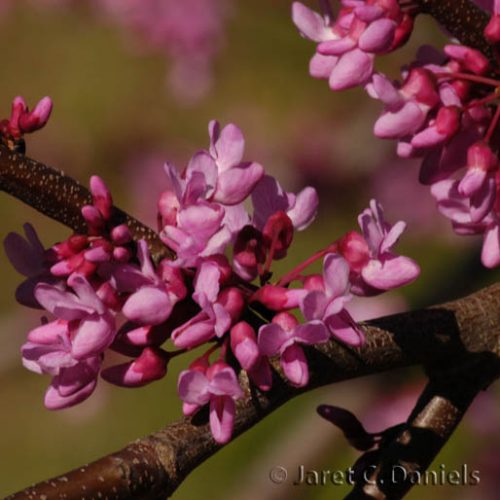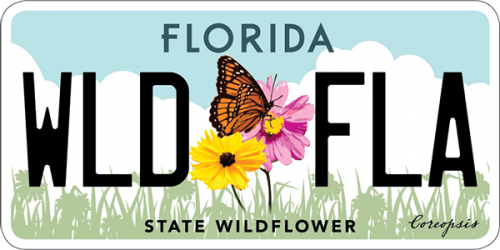
- Family name: Fabaceae or Leguminosae
- Host plant for: Henry’s Elfin (Callophrys henrici)
- General description: Small deciduous tree with spreading crown, large heart-shaped leaves and numerous clusters of small pink flowers produced on bare branches prior to new leaves. Adaptable to wide range of soil and light conditions, except perpetually wet locations. Can be grown in full sun to full shade. Trees provide stunning spring color. Use as specimen, shade or understory tree. Flowers attract butterflies and other pollinators.
- Type: Small deciduous tree
- Flower: Clusters of small pink flowers prior to new leaves
- Bloom time: Early spring
- Soil type: Moist, well-drained, acid or basic soil, can tolerate occasional short-term flooding
- Maximum height: 30 feet
- Candidate for home gardens: Excellent small specimen tree. Provides brilliant spring color. Both larval host and nectar source
- Availability in nursery: Common
- Frequency in the wild: Common
- Habitat: hardwood forests, wetlands
- Range in Florida
 The Florida Wildflowers & Butterflies projects at the Florida Museum are sponsored in part by the State of Florida and the Florida Wildflower Foundation, Inc.
The Florida Wildflowers & Butterflies projects at the Florida Museum are sponsored in part by the State of Florida and the Florida Wildflower Foundation, Inc.